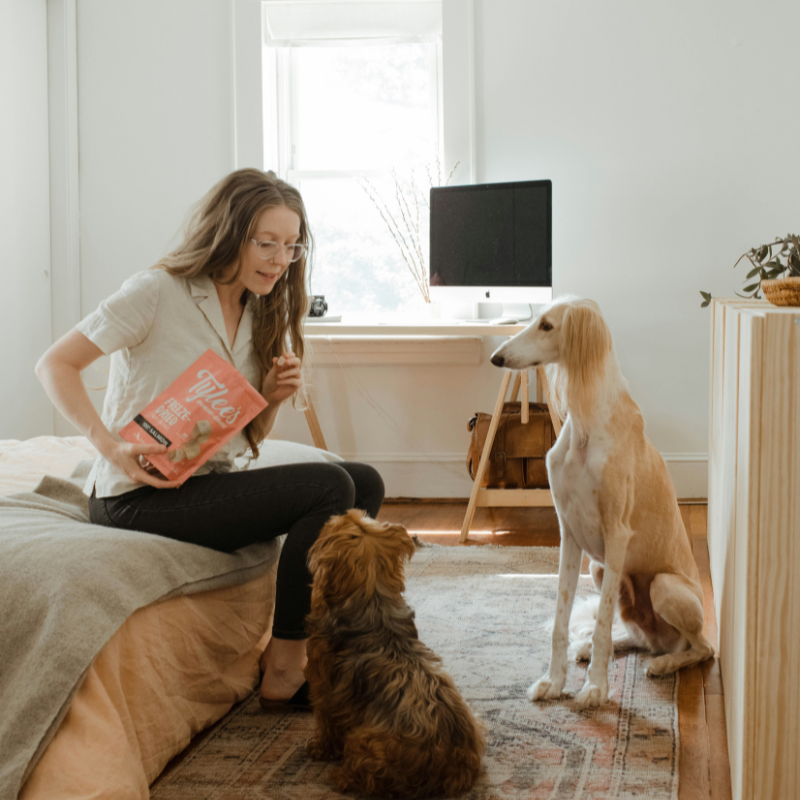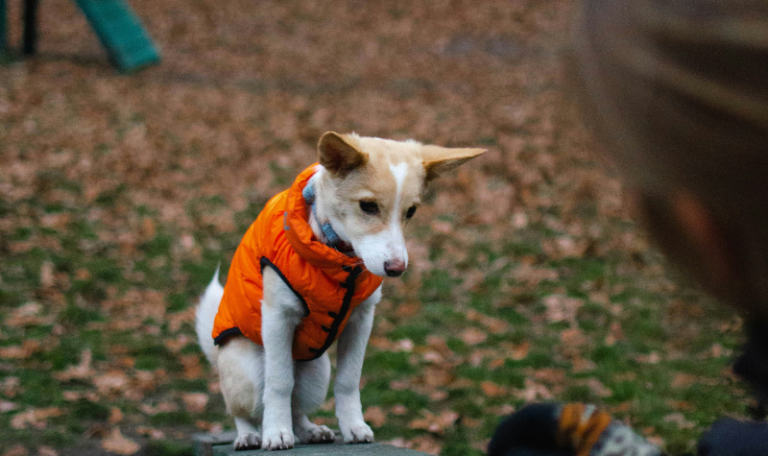Training a dog is both an exciting and fulfilling journey, especially when rooted in positive reinforcement. As any seasoned dog trainer knows, this method is fundamental to creating trust and long-lasting behavioral change in dogs. For those seeking obedience training for dogs in New Port Richey and beyond, positive reinforcement stands out as the most effective and humane approach. Here, we’ll dive into the reasons why this method is favored and examine practical techniques drawn from the experiences of expert trainers. Whether through at-home methods or a structured Dog Training New Port Richey program, these insights aim to foster a well-behaved and joyful canine companion.
The Power of Positive Reinforcement in Dog Training
Positive reinforcement, as outlined in the blog “What is the Importance of Positive Reinforcement in Dog Training”, lies at the heart of successful dog training. This approach is based on rewarding desired behaviors with treats, praise, or toys, reinforcing the dog’s understanding that good behavior results in a positive outcome. Unlike punishment-based training, which can create fear or anxiety, positive reinforcement builds trust, making it a more ethical and effective choice.
When a dog performs a behavior expecting a reward, it engages willingly, creating a cooperative bond. For instance, using treats to shape obedience behaviors or toys to maintain enthusiasm during recall exercises ensures training sessions are both productive and enjoyable for the dog.
Key Positive Reinforcement Techniques
As noted in the blog “How to Teach Basic Commands Like Sit, Stay, and Come”, basic commands can lay the groundwork for further training. Here are some essential techniques to make obedience training effective and enjoyable:
- Food Rewards: Luring dogs with treats encourages them to follow commands. For instance, when teaching “Sit,” holding a treat above a dog’s head naturally prompts them to sit as they follow the food with their eyes.
- Toy Motivation: For dogs that respond more to play than treats, toys like balls or tug ropes can be used. This technique was highlighted in the “Importance of Positive Reinforcement” blog, where toys provide an engaging alternative, ensuring training doesn’t rely solely on treats.
- Praise and Affection: Sometimes, a simple “Good job!” paired with a pat can mean just as much to a dog as a treat. Positive reinforcement is about using what motivates each individual dog.
Avoiding Common Training Mistakes
As mentioned in the blog “What are the Common Mistakes to Avoid During Obedience Training for Dogs”, some errors can hinder progress in training. For example, inconsistency in commands can confuse dogs, making it harder for them to learn. It’s also important not to skip practicing commands in real-world settings. Practicing only in a quiet home environment won’t prepare the dog for distractions outside.
Introducing distractions gradually, such as training at the park, can reinforce their focus. This progression ensures dogs remain obedient even in stimulating settings, fostering a more adaptable and well-behaved pet.
The Role of Consistency
Consistency is a key component in positive reinforcement. The blog “How to Maintain Consistency in Obedience Training at Home” emphasizes incorporating training into daily activities. For instance:
- Meal Times: Practicing “Stay” while preparing their meal helps build patience.
- Walks: Commands like “Heel” or “Down” during walks not only instill discipline but also make outings safer.
Using regular walks to reinforce commands gives dogs the chance to practice outside their usual home setting. This approach makes training feel less like a chore and more like part of a routine, essential for long-term success.
Addressing Specific Behavior Issues with Positive Reinforcement
Many common behavior issues can be addressed through positive reinforcement. Below are some examples of how specific techniques apply to frequent challenges:
- Excessive Barking: According to the blog “How to Stop a Dog from Barking Excessively”, barking can be managed by rewarding quiet behavior. Ignoring attention-seeking barks and rewarding silence helps teach dogs that staying calm earns positive attention.
- Jumping on People: As discussed in “How to Stop a Dog from Jumping on People”, redirecting excitement into a grounded greeting helps prevent jumping. Encouraging dogs to sit calmly for petting reinforces polite interactions.
- Potty Training: Establishing routines is crucial for potty training. In “How to Potty Train a Dog”, the author explains that consistently taking dogs to the same spot and reinforcing success with treats builds reliability over time. This consistency is especially important with puppies, who are learning basic bladder control.
- Chewing on Furniture: As noted in “Dog Training Tips: Answering Common Questions on Dog Behavior“, redirecting unwanted chewing behavior is key. Providing safe chew toys and praising the use of these toys instead of furniture helps develop healthy chewing habits.
How Long Does it Take to See Results?
The timeline for seeing results varies by dog, as mentioned in the blog “How Long Does it Take to See Results from Dog Training Sessions”. Factors such as frequency of sessions, consistency, and the individual dog’s learning speed all play a role. Generally, you can expect to see some improvement within two weeks with regular practice.
Building upon initial progress, owners should gradually introduce challenges like distractions or increased distance for commands such as “Stay.” This incremental approach ensures the dog’s training remains reliable even in different environments.
Handling Stubborn Behavior
Training stubborn dogs can be a challenge, especially when they don’t respond to traditional rewards. The blog “How to Train a Stubborn Dog to Obey Commands” outlines methods like using low-level eCollars under professional guidance to gently encourage compliance. These tools, when used ethically, can help reinforce commands in more resistant dogs.
For stubborn behaviors, it may also help to use a Dog Board and Train program in New Port Richey, which provides focused training in a controlled setting, accelerating progress with structured routines and consistent reinforcement.
Benefits of Professional Training
While positive reinforcement techniques can be effective for at-home training, there are times when a professional trainer’s expertise is invaluable. For example, the “Importance of Positive Reinforcement” blog highlights the advantages of guided training, especially for first-time dog owners who may be unfamiliar with behavior-shaping techniques. Professional trainers can create personalized plans based on each dog’s temperament and needs, fostering a more positive experience for both dog and owner.


